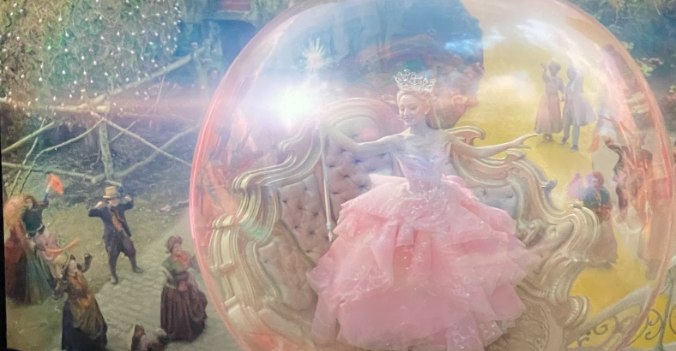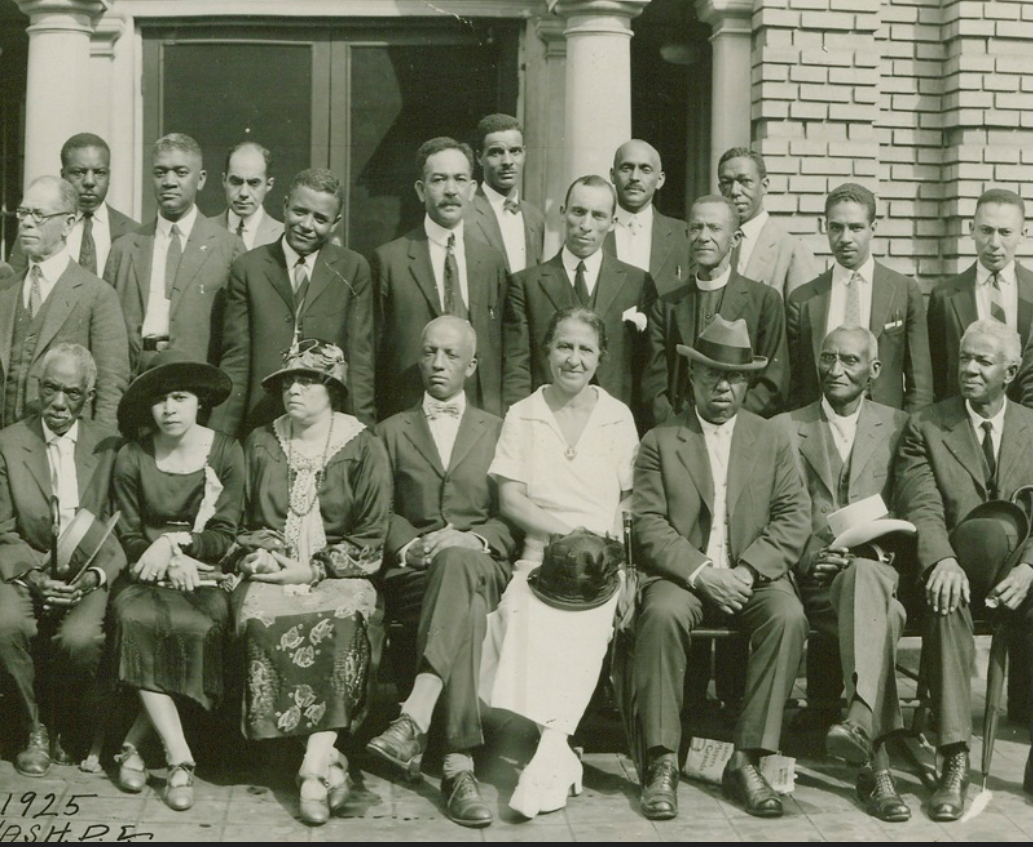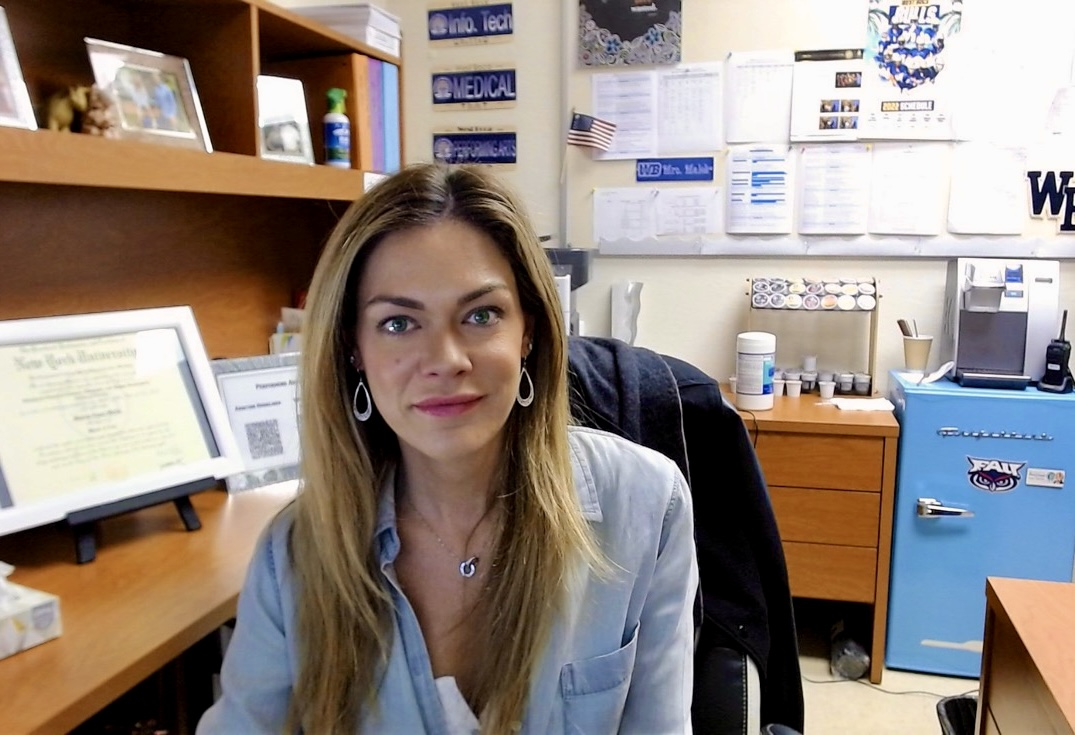The Real News About Fake News

Fake news are everywhere. Read to find out more.
January 23, 2020
Fake news is intentionally distorted information posted to persuade readers about a certain event, person, or subject. Many social media platforms like Instagram and Facebook have added a new feature that detects fake news and allows readers to report it. Although Instagram is utilized to post artsy pictures from your summer vacations; recently, fake information has been spread. Instagram is one of the most influential social media platforms in the world and has a major impact on election results. Instagram added a tool to report if a post has fake information and now warns other users before they can view the post. According to Heidi Lux, before posting false information the user will get notified that independent fact checkers have identified false information. In order to report fake news though, you must know the basic ways to identify it. According to Huffington Post, these are some simple ways to identify fake news:
- Read past the headline- authors tend to write a straightforward title and fill in the rest of the information in the story which is very misleading,
- Check what news outlet published it- unfamiliar websites with many ads and all caps headlines are an immediate sign of disbelief.
- Check the publish date- another common trend is old news that has resurfaced and mislead people into believing that an event just occurred.
- Check the author- looking through the author’s previous articles can indicate whether or not they are a reliable source.
- Look at the links and sources used- a lack of sources and claims may warn readers that the information may not be real.
- Look for questionable quotes and photos- many fake news writers easily create fake quotes and accredit them to major political figures; check other news websites to see if this quote has been reported by anyone else. Fake news writers also utilize pictures from different events in their articles to trick readers.
- Beware of Confirmation Bias- it is important to make sure articles aren’t one sided and are actually speaking the facts; people are naturally drawn to stories that side with their opinion or reinforce it.












































